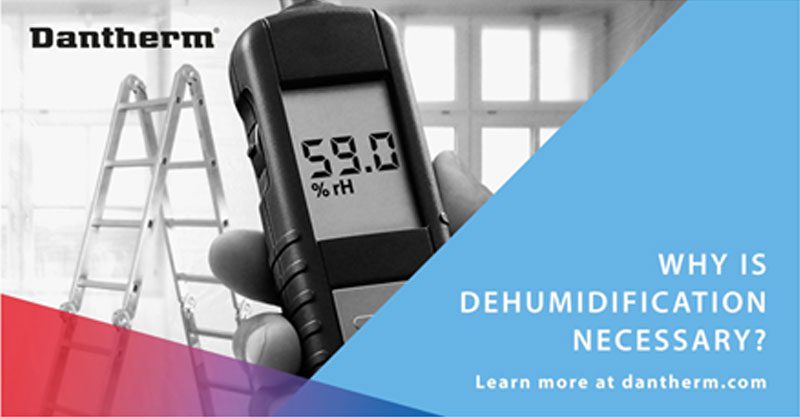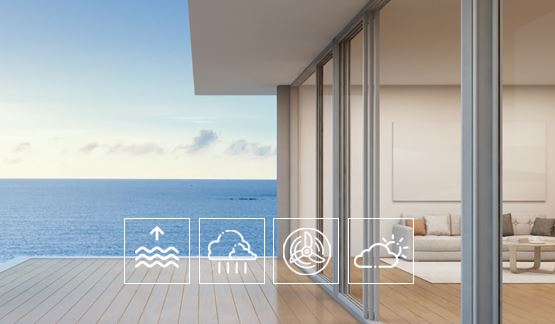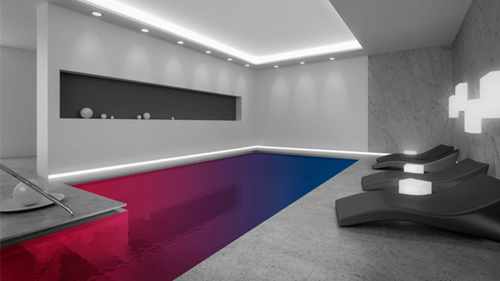Zenith Ventilation supply and install all indoor pool ventilation solutions for both residential and commercial aquatic centres. In order to calculate the humidity load on an indoor swimming pool project, you first need to determine the operation conditions.
In doing this, there are a number of factors to take into consideration. Contact Zenith Ventilation to assess the requirements needed.









